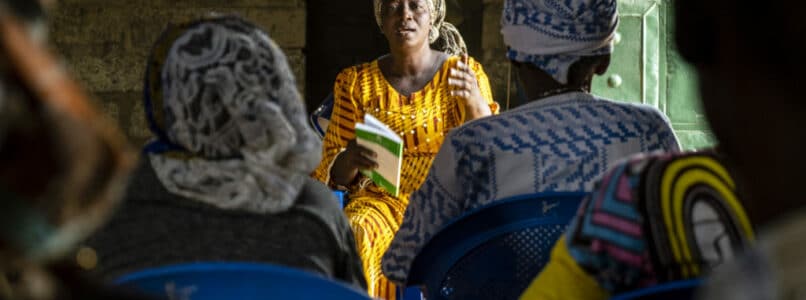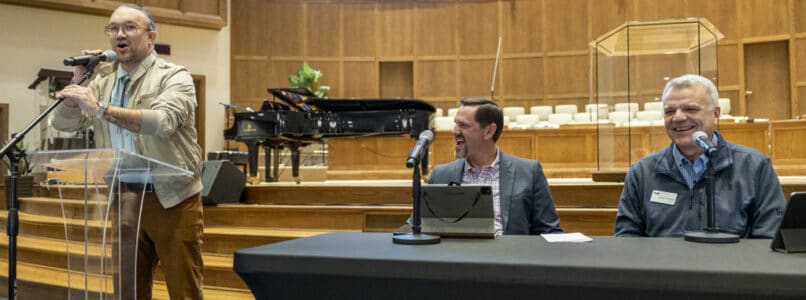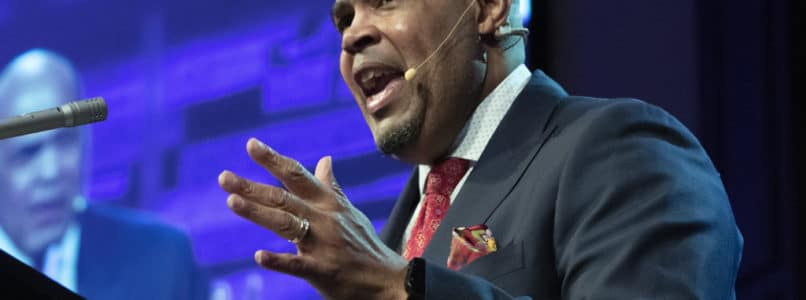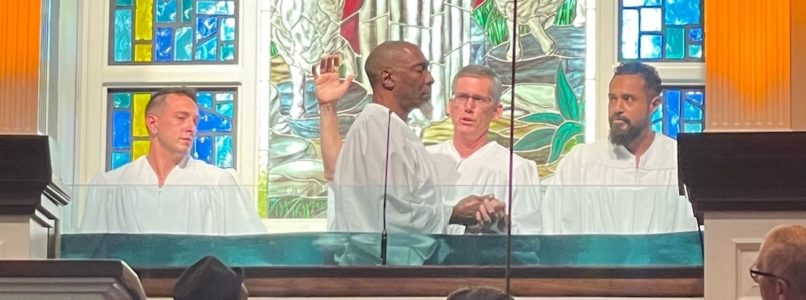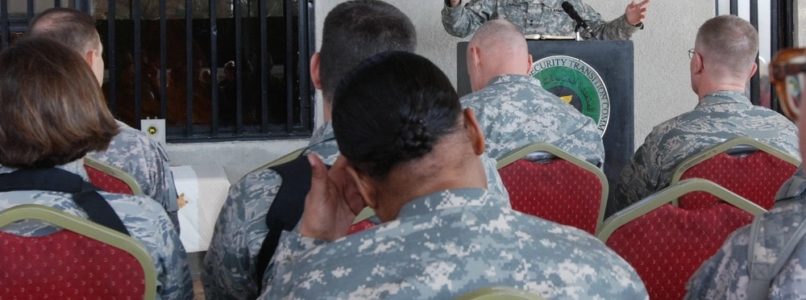FARMERSVILLE, Texas (BP) – When John and Judy arrived at First Baptist Church of Farmersville last Thursday, it had already been a rough 24 hours.
Like hundreds of other residents, the elderly couple had been without power for the past day after a massive ice storm hit Farmersville and the surrounding area starting Feb. 2. Worse yet, Judy relies on an oxygen machine that requires electricity. When they first lost power, a nearby convenience store allowed them to run an extension cord into the store so the oxygen machine could continue to work. But eventually the store lost power as well.
Local police took the couple to FBC Farmersville, which opened its facilities last week for people who needed a place to stay and a bite to eat.
“We decided a long time ago that we were going to be the kind of church that would step up and help the community on events like this,” said Bart Barber, FBC Farmersville’s senior pastor.
And help they did. FBC Farmersville fed an average of 40 to 50 people for eight meals. According to Lanette Jones, who led the church’s kitchen team during the effort, at least 80 percent of the families they helped were not members of the church. Many of those families were housed at the church where they found shelter and a sense of community as they awaited the return of power to their homes.
John and Judy arrived at the church right before dinner on Thursday, Feb. 4. The church put up some cots where the couple could sleep. But away from their beds, they struggled to rest that night. Pastor Barber, who was sleeping in his office, walked through the church every few hours to ensure everyone had what they needed. At 1:30 a.m., on one of these trips through the church building, Barber saw John and Judy sitting at a table, huddled around an iPad.
After a brief conversation, Barber discovered just how much the preceding days had worn them down. They had spent the previous day freezing in their home, had been up the night before, and spent that day at the police department. Now they were uncomfortable as they were trying to sleep.
As he checked on power at his home, Barber drove by John and Judy’s place to see if they could return. When he returned to the church to tell them power had resumed at their home, they were thrilled.
“John had fallen on ice and so he was walking with a cane,” Barber said. “Judy was on oxygen, so she moves slowly, but they sprung right up and went with me.”
It was 2:15 Friday morning, nearly two days since their ordeal began, as John and Judy climbed into Barber’s truck and headed to their home. Barber says the couple was overjoyed to be headed to their own bed finally able to rest.
His experience with the couple reminded him about important theological lessons on the human experience. He particularly thought of his mother, who is living in an Alzheimer’s facility.
“We are all here waiting – and it’s pretty uncomfortable. We’re tired,” Barber said. “And we’re waiting for our home to be prepared. I thought about my mom and her Alzheimer’s and her wait. I know going home after a long day’s work is nice but going home in the situation that couple was in was a major thing. I was thinking of what it would mean for my mom when Jesus calls her home. It’s going to mean so much joy. How much joy will she have when she is delivered to the home the Lord has for her?”
Barber notes that this is the fourth major weather event the community has experienced in his 23 years at FBC Farmersville. He sees the church’s ministry in these events as opportunities to share the Good News in the community and to help prepare the congregation to “do good works.”
“There’s an element of it where people in my church feel an automatic desire to do something for people inside and outside of church – their neighbors who are in trouble – when something like this happens,” Barber said. “It seems natural to them, and their avenue for serving like that ought to be the church.”
James says the church had several families with children – including one family of eight – at the church during the storm. Besides food and lodging, the church provided showers when needed as well. Some of the families were embarrassed that they needed the help, but James told them First Baptist’s facilities were a gift from God, and they wanted to share them.
“It’s an example that Jesus gives us in the New Testament, of being involved in our community and shining our light and helping our neighbors,” said James, who serves as the children’s minister at FBC Farmersville. “Our goal is to reach out to our neighbors and help them in a time of need, with food and, and shelter and warm clothes. Through that, hopefully, they’ll see the light of Jesus in our lives.”
This article originally appeared in Baptist Press.


